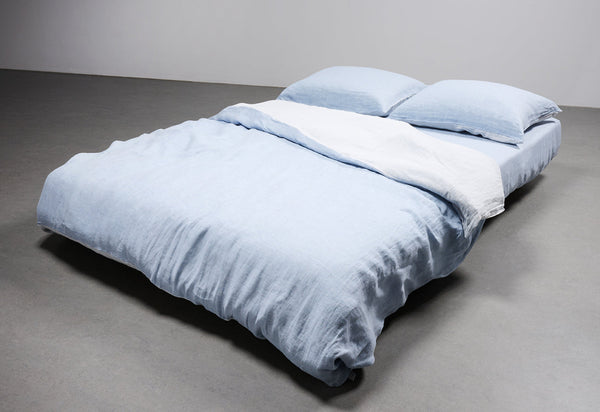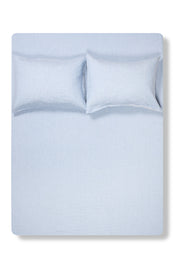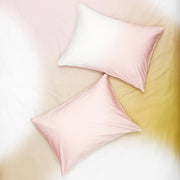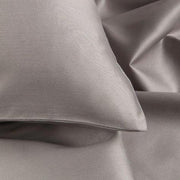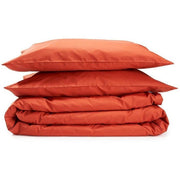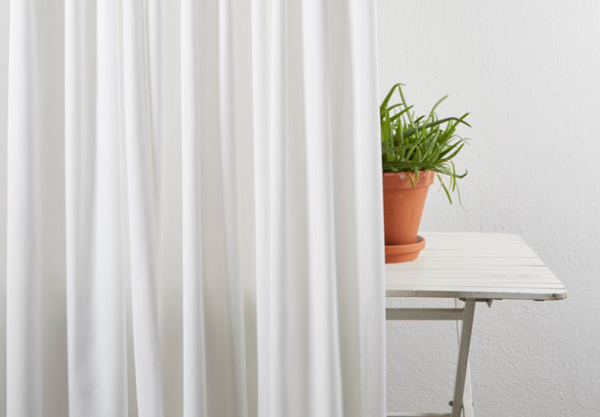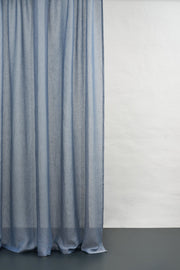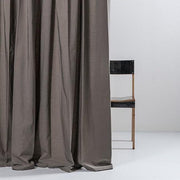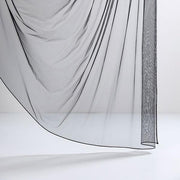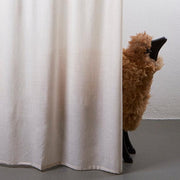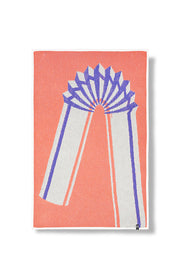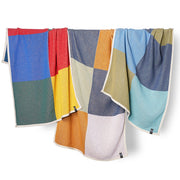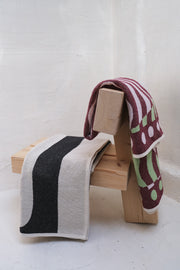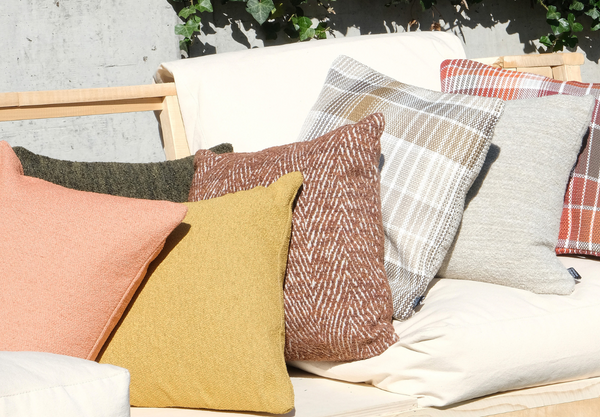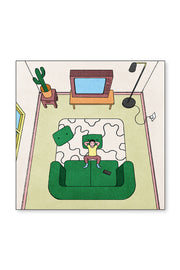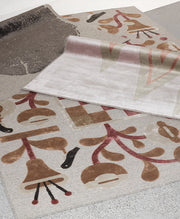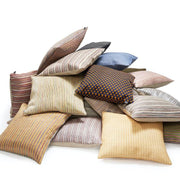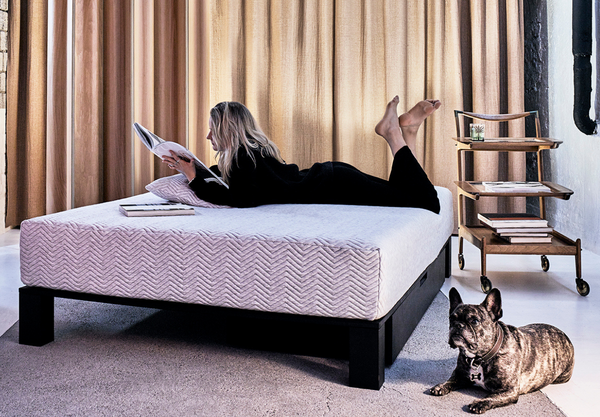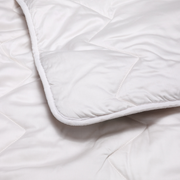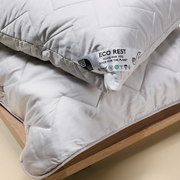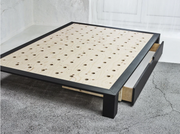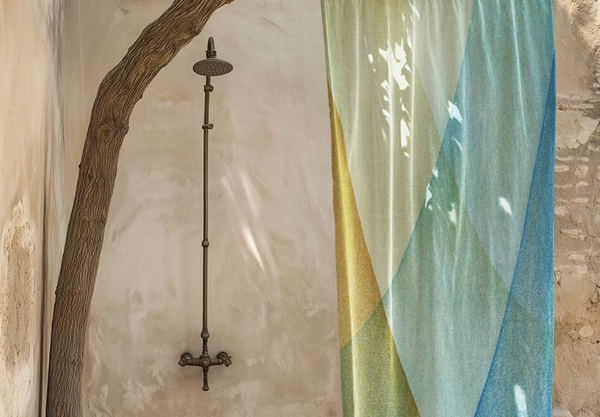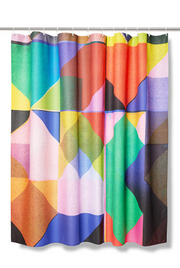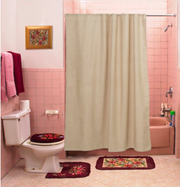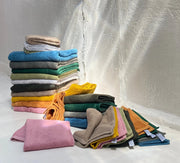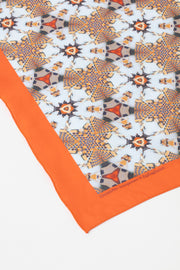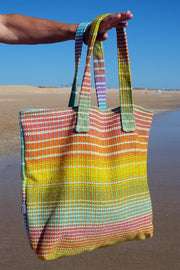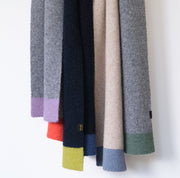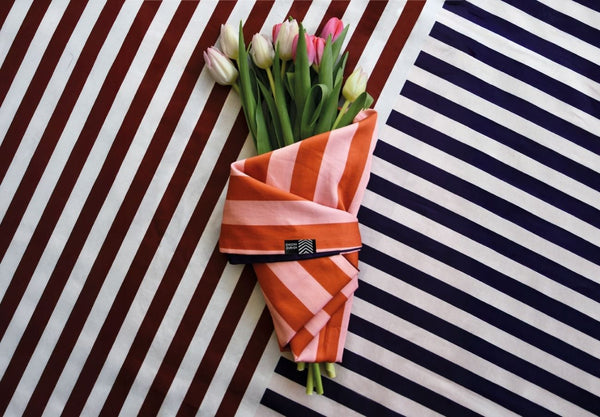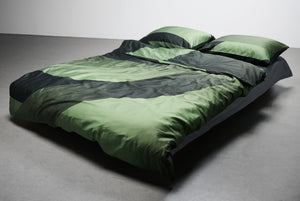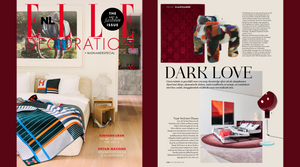What do you want to feel when you step barefoot onto your rug? Softness, warmth, or comfort? A wool rug delivers all of this while standing up to daily use with a natural strength that synthetics cannot match.
Wool also brings practical benefits that make it one of the most reliable choices for your home. It resists stains, regulates temperature, dampens sound, and lasts for decades with proper care. It is more than a floor covering and becomes a long-term investment in quality living.
In this guide, you’ll see how wool compares to synthetics, why it is healthier and safer, and what to consider when choosing pile, size, and design. You’ll also learn how to care for your rug so it keeps its look and feel for years to come.
Why Choose a Wool Rug?
Wool rugs stand out because of their natural durability and resilience. The spring-like structure of wool fibers allows them to recover from footsteps and heavy furniture, so the rug keeps its texture for years instead of flattening. A natural coating of lanolin adds stain resistance, helping spills bead on the surface and making everyday care much easier.
Wool also supports a healthier and safer home. Its fibers can absorb and neutralize indoor pollutants, contributing to cleaner air. It is naturally flame-resistant, difficult to ignite, and often self-extinguishes, offering safety benefits that synthetic rugs cannot match. Together, these qualities make wool a material that balances performance, comfort, and peace of mind.
How to Choose the Right Wool Rug for Your Space
Once you know wool is the right foundation, the next step is finding the rug that feels at home in your space. The choice is about how the rug shapes the room, anchors the furniture, and introduces color or texture that defines the atmosphere.
Here are a few ways you can follow to choose the wool rug that suits your home best:
1. Choose the Right Pile Height and Texture
The pile of a rug refers to the length and density of its surface fibers. This detail affects both comfort and practicality, so thinking about pile height is an important step before you decide on a rug.
-
Choose low pile if: you are furnishing areas that see constant activity, such as entryways, hallways, or dining rooms. Because the fibers are shorter and denser, the surface stays flat and smooth, making it easier to clean and better suited to spaces where chairs are moved often.
-
Choose high pile if: you want to create a softer, more inviting atmosphere in your home. Longer fibers add a plush texture that feels warm underfoot, which makes these rugs a natural fit for bedrooms and living rooms where relaxation is the focus.
2. Choose Your Favourite Color, Pattern, and Design
Wool absorbs dye deeply, which means wool rugs offer rich colors that hold their vibrancy for years. This gives you freedom to decide whether the rug should blend into the background or stand out as the centerpiece of a room. A neutral design grounds the space and complements varied décor, while bold tones or intricate patterns define character and add visual energy.
For those who want something more distinctive, artist-designed wool rugs go beyond functionality. They carry a unique vision, transforming a rug into both a foundation of comfort and a piece of artwork that shapes the atmosphere of your home.
3. Choose the Right Rug Size and Placement
One of the most common mistakes when choosing a rug is going too small. The right size does more than cover the floor. It anchors the furniture, defines the area, and makes the room feel balanced.

In a living room, the rug should extend beneath the furniture so that at least the front legs of sofas and chairs rest on it. This connects the seating area into one unified space. In a dining room, the rug should be large enough to hold the table and all chairs comfortably, even when they are pulled back.
For a bedroom, let the rug extend 18 to 24 inches beyond the sides of the bed so it frames the space and provides comfort underfoot when you get up in the morning.
4. Think About Where the Rug Will Be Used
Every room places different demands on a rug. High-traffic areas such as entryways or hallways benefit from low-pile wool rugs that resist wear and are easy to keep clean. These spaces often face dirt and movement, so a rug that holds its shape and hides signs of use will stay looking fresh longer.
In contrast, living rooms and bedrooms call for softness and warmth. A higher pile height makes the space feel more comfortable and inviting, especially where people spend more time barefoot. By matching the qualities of the rug to the function of the space, you ensure it not only looks right but also performs well over the years.
How to Care for Wool Rugs
With the right care, a wool rug will stay beautiful for decades. Regular maintenance not only protects the fibers but also keeps the rug looking fresh and inviting. Here are the essentials:
1. Vacuum regularly: Use a suction-only vacuum (without a beater bar) to lift surface dirt before it settles deep into the pile.
2. Blot spills quickly: If something spills, blot the area with a clean, dry cloth. For stubborn marks, use a mild soap and water solution, dabbing gently instead of rubbing.
3. Manage shedding: Expect some shedding when a wool rug is new. This is normal and will decrease after a few months with consistent vacuuming.
4. Use a rug pad: Place a high-quality rug pad underneath to prevent slipping, protect floors, and add an extra layer of cushioning.
Ready to Choose the Best Wool Rug for Your Space?
A wool rug is more than a finishing touch. It defines how a room feels, adding comfort, texture, and character that last for years. At ZigZagZurich, we work with artists and designers who see rugs as both functional and expressive. Each piece is crafted with high-quality wool and a distinct vision, turning a rug into both a foundation and a statement.
Our artist-designed wool rugs bring together durability, craftsmanship, and personality in ways that mass-produced rugs cannot. They are made to endure, to age beautifully, and to carry a sense of individuality into your home. Whether you are looking for something subtle and grounding or bold and expressive, there is a design that will feel like it was made for your space.
Browse our artist-designed rugs and choose a piece that transforms your room from the ground up!
Frequently Asked Questions
1. Do wool rugs shed a lot?
Shedding is expected with new wool rugs and is part of the natural settling process. The loose fibers you see are remnants from weaving, and they gradually diminish over the first few months. Regular vacuuming helps this process along, and with time, the shedding will slow significantly, leaving the rug with a stable, lasting texture.
2. Are wool rugs good for homes with pets or kids?
Absolutely. Wool is naturally strong and resilient, making it well-suited for households with pets or children. The lanolin in the fibers offers a level of stain resistance, and the rug can withstand both heavy use and everyday spills.
3. Is a wool rug worth the higher price?
A wool rug requires more investment upfront, but it offers value that lasts for decades. Unlike synthetic rugs, which may need replacing after only a few years, wool rugs maintain their structure and color over time. Many households find that a single wool rug can serve them well for 20 years or more, making it not only a design statement but also a cost-effective choice in the long run.
